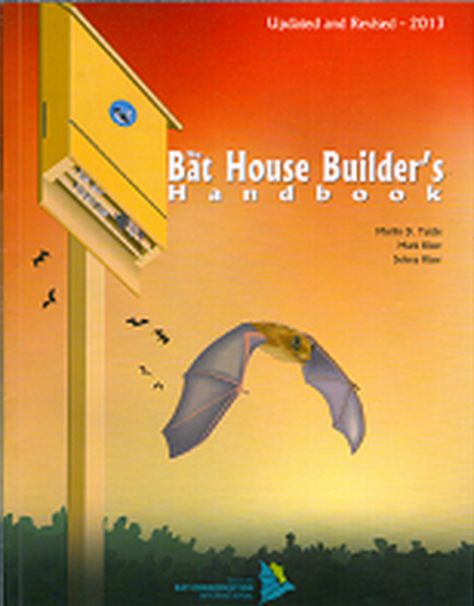Bat House Minimum Design Standards and Recommendations:
When it comes right down to it, bat houses are no different than any real estate — occupancy is influenced by both architectural design and location, location, location. Bats are all too often found in sub-optimal locations when access to suitable roosts is limited.
Please don't provide bats with suboptimal roosting sites, it doesn't help in the long run and it's easy to give them what they need.
The suggestions below are based on data from long term research conducted by Fly By Night and data from BCI’s Bat House Research program.
The following minimum guidelines are incorporated in to every bat houses we build — our standards are high. We refuse to put our name on smaller and simpler designs that lack the quality we are proud of and have declined offers from others who want to build bat houses for us, but our goal is not to simply sell a lot of bat houses. Our goal is to offer an attractive and effective bat house that provides bats with safe, quality and long-term roosting sites.
Our bat houses are proven sucessful at providing homes for homeless bats.




